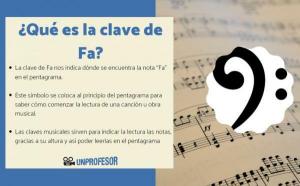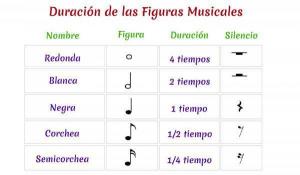Types of musical texture
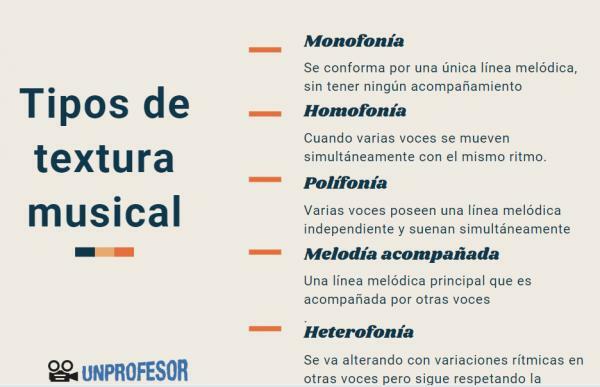
Music is an interactive art that plays with our senses and as such has the great power to take us to many wonderful and imaginative mental places. Although it may sound like something magical or mysterious, this is because it has several elements in its favor with which it can be played to express very complex feelings and paint us an image through sounds.
If you have ever wondered how this is achieved, you may be interested in learning about the types of musical texture don't miss this lesson from a TEACHER. Here's an overview to give you an insight into the various factors that make music such a fascinating and powerful art.
Before talking about the different types of musical texture, it is important to know what this concept consists of. The word texture refers to textiles, which are composed of an interlacing of threads. As in fabrics, in music the texture is a series of elements that are combined and related each other to provide sound qualities.
The elements of musical texture can be classified as
melodic, rhythmic and harmonic. All of these factors are qualities in a composition that possess unlimited possibilities. More specifically we can also talk about the voices, all those melodic lines that flow and develop simultaneously to create sounds with each other.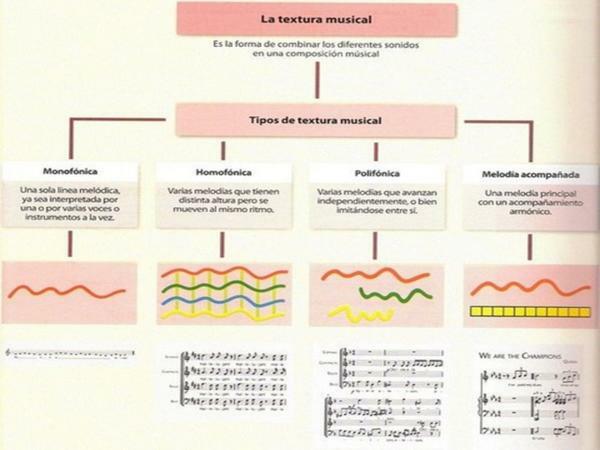
Image: Slideplayer
We are now going to focus on the subject at hand and offer you the different types of musical texture that exist. They are as follows:
Monophony
It is made up of a single melodic line, without having any accompaniment. In the event that there is more than one voice, all the voices support by “doubling” the main voice, that is, they make the same melody in parallel with an octave difference or in unison. Another name for monophony is monody.Examples: First movement in Beethoven's Ninth Symphony, the beginning of Paul Hindemith's opera Mathis der Maler.
Homophony
When multiple voices move simultaneously with the same rhythm, in parallel but with different pitch (tuning). Generally, in homophony there is only one main voice and the rest is an accompaniment that works as a support. Examples: Motet Taedet animam meam by Tomás Luis de Victoria, Ave verum corpus by Mozart.
Polyphony
Happens when several voices have an independent melodic line and they sound simultaneously. In this case the voices do not necessarily fulfill only the support function. Polyphony is perhaps the most complex texture and the most difficult to analyze from the point of view of counterpoint. Some polyphony techniques are canon and fugue. Examples: motet Versa est in luctum by Alonso Lobo, Fugue in D minor by Johann Sebastian Bach.
Accompanied melody
The accompanied melody is another type of musical texture. It is made up of a main melodic line that is accompanied by other voicess responsible for creating a support with melodies or secondary chords. As in polyphony, there are several voices but only one of them is the main one and stands out clearly. Example: Most popular music songs in the pop and rock genre.
Heterophony
Like monophony, it is made up of a single melodic line. In the heterophonic texture, this melody is altered with rhythmic variations in other voices but still respecting the main melody. Heterophony occurs recurrently in traditional oriental and folk music. Examples: Japanese Gagaku, Beethoven's Missa Solemnis.
Other types of texture
They are non-traditional or experimental musical textures.
- Non-melodic texture: It is highly unusual because it is usually non-consonant and therefore unpleasant for many. In this texture the melodies are hidden or non-existent. Example: Ionisation by Edgar Verèse.
- Micro-polyphony: Like polyphony, it uses several independent melodic lines, but the notes go changing intervals in a very subtle way and not in the usual distances in music (tones and semitones). Micro-polyphony uses even shorter distances than semitones. Examples: Volumina by György Ligeti.
Textures are a wide world that brings richness and variety to music. Since you know more about the types of musical texture, you can listen to the examples to be able to sonically identify each of them and understand them better.
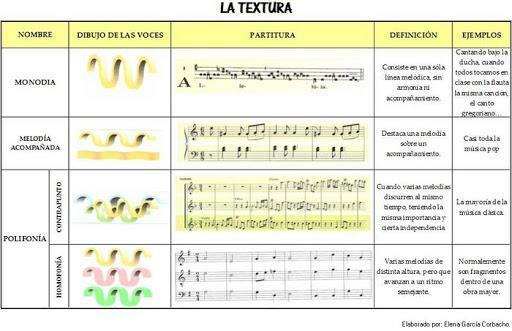
Image: Musicalia


